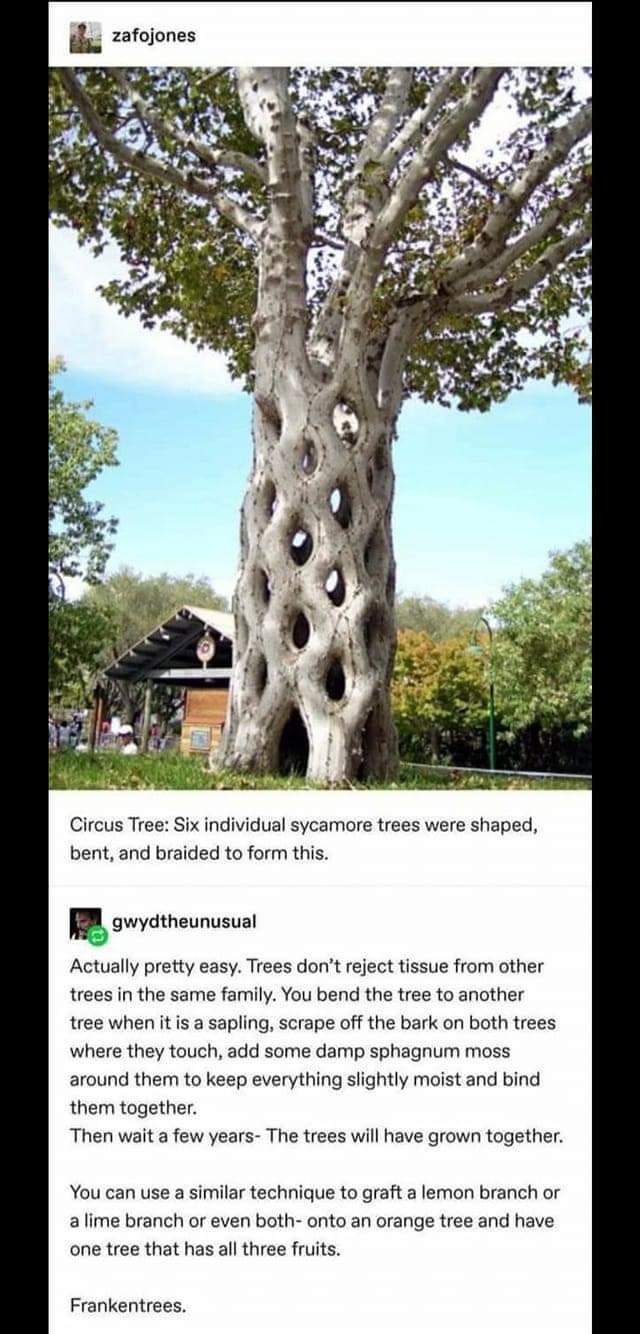archived (Wayback Machine)
Reforestation is critically necessary more than ever before, and it is worth doing right. It is important to exercise caution when introducing foreign species to an area and to prioritise native species as much as reasonably possible. That said, this article is overly negative, and I'd like to give a more balanced perspective.
The downsides of introducing Neltuma juliflora to Kenya:
- It grows into waterways and slows their flow, creating breeding grounds for mosquitoes (parasites).
- It occupies land where native tree species could have otherwise been planted, and it is difficult to replace with native species once it is established.
- It makes life even more unpleasant for large domesticated herbivores due to its sharp thorns and its tasty fruits which are not suitable for their physiology.*
The benefits of introducing Neltuma juliflora to Kenya:
- It grows into waterways and slows their flow, giving water more time to penetrate into the soil which its deep roots help to loosen.
- It forms a symbiotic relationship with nitrogen-fixing microbes, enriching the soil with its fallen nitrogen-rich leaves, which it sheds throughout the dry season.
- It provides canopy cover and moisture retention in what was "a treeless land" where "grass covered every inch" prior to its introduction, thereby helping to protect a vulnerable landscape from desertification.
- It provides a nutritious food for local humans and other animals in times of scarcity. The fruit is not something for a frugivorous primate to eat out of hand in large quantity, but some animals can and do eat it as-is. For humans, it can be processed into a flour (without the toxic seeds) that can then be added to meals.
- It makes life more difficult for the herders and ranchers who exploit other beings and degrade the landscape for profit, thereby reducing the incentive to commit such violence.
Overall, the plant's introduction was a blunder, but the results are mixed, not entirely a "nightmare" as the article claims. Trees native to the region, or at least to eastern Africa's dry lands more broadly, would have made much more sense to plant instead. Introducing non-native species when reforesting an area can be beneficial (especially in an era of unprecedented climate change, with conditions in some areas shifting out of the range that native species can tolerate), but it's important to select species with low invasive potential and which do not pose a threat to the native animals. In most cases, it would be a safe strategy to plant a combination of native species and carefully-selected non-native trees that produce fruit for human consumption, as cultivated fruit trees mostly have a low potential for becoming invasive in most areas, and they can sustainably feed the people who live in and around the forest. This is important, as there must be people living in the area in order to protect it from cattle ranchers, and without tree-based food sources, the people stewarding the land would need to rely on agricultural practices destructive to the forest for their sustenance.
Neltuma juliflora and its close relative Neltuma pallida are very important species in their native ranges in Ecuador and Peru. They are some of the most abundant trees in these tropical dry forest ecosystems (including much of the Tumbes-Piura dry forest which is a biodiversity hotspot on the brink), and they serve as vital pioneer species in reforestation efforts in the region, providing much-needed shade for other plants and food for native animals (at a time of year when little else is available), as well as stabilising the soil and reducing erosion from coastal wind and torrential rain and seasonally-flooding rivers. This article was an exemplary case of "right plant, wrong place."
* The article seems to imply that sugar inherently causes tooth decay, but that obviously isn't true; plenty of animals eat sugary fruits without dental problems. The pulp of mesquite fruits is dry and sticky, so when eaten by cows who are not at all adapted to such food, it probably coats their teeth, dries out their mouth, and alters their oral microbiome, with dehydration and unfriendly bacteria leading to tooth decay.




